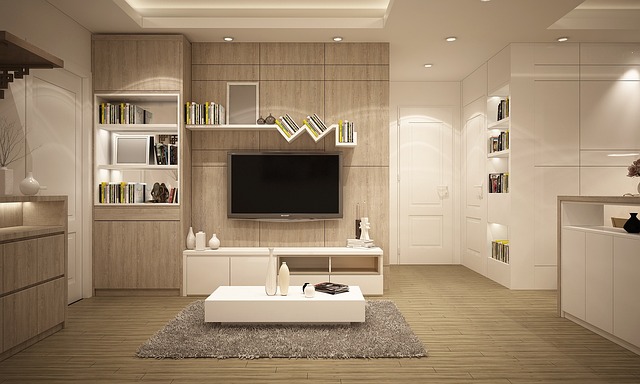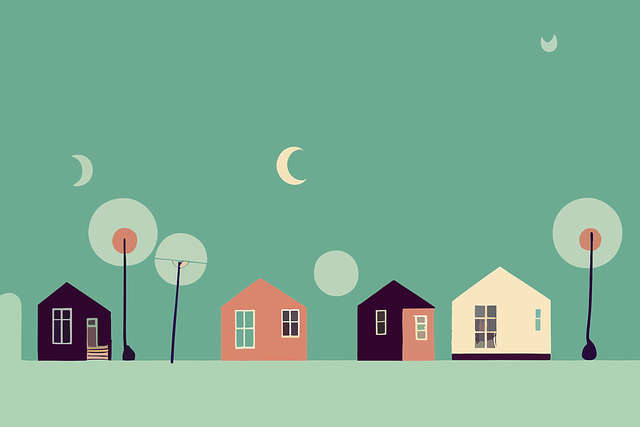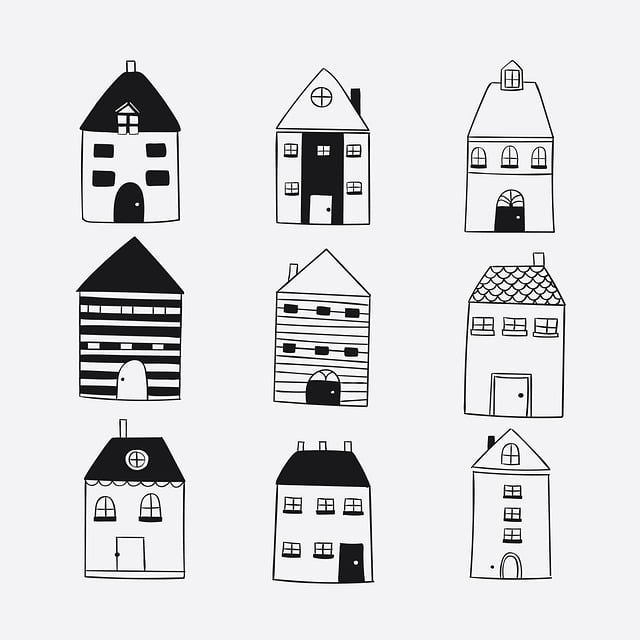Decorative screens have revolutionized modern interiors and exteriors with their versatility and aesthetic appeal. Crafted from metals like aluminium, steel, or recycled materials, these screens offer endless customization through intricate patterns and designs. They serve as both functional room dividers and artistic statements, enhancing privacy while complementing any design theme indoors and outdoors, especially in gardens and patios. Their durability and customizability make them a popular choice across various spaces, from residential apartments to commercial buildings.
“Discover the captivating world of artistic metal screens, a fusion of functionality and aesthetic appeal. This article explores the versatile role of decorative screens in enhancing spaces, from outdoor patios to indoor accents. We delve into the crafting process, showcasing unique materials and techniques that bring these metal masterpieces to life.
Learn how design considerations can elevate their visual impact, and gain insights on seamlessly integrating decorative screens into various environments, transforming ordinary spaces into captivating oases.”
- Understanding Decorative Screens: Their Role and Versatility
- Materials and Techniques: Crafting Artistic Metal Screens
- Design Considerations for Visual Impact
- Incorporating Decorative Screens into Different Spaces
Understanding Decorative Screens: Their Role and Versatility

Decorative screens have emerged as versatile and visually appealing additions to modern interiors and exteriors. Beyond their functional role in dividing spaces, they serve as artistic statements that enhance aesthetic appeal. These screens come in various materials, designs, and sizes, offering endless possibilities for customization. Whether used to partition off a cozy reading nook within an open-concept living area or to create an intimate dining space on a patio, decorative screens provide both privacy and style.
Their adaptability is one of the key reasons for their growing popularity. They can seamlessly blend with different design themes, from minimalist and modern to traditional and eclectic. Crafted from materials like metal, wood, bamboo, or even glass, these screens boast intricate patterns and bold aesthetics that complement surrounding decor. Moreover, they are not just for indoor spaces; outdoor decorative screens have become popular choices for adding a touch of elegance to gardens, terraces, and patios.
Materials and Techniques: Crafting Artistic Metal Screens

Crafting artistic metal screens involves a blend of traditional and modern techniques, utilizing various materials to create visually stunning decorative screens. The process begins with selecting the right metal, such as aluminium, steel, or iron, each offering unique aesthetics and durability. Artists often choose recycled or upcycled metals, adding an eco-friendly dimension to their creations, which is a growing trend in the industry.
Once the material is chosen, several techniques can be employed. Welding is a common method, allowing for intricate designs and robust structures. Metal fabrication techniques like cutting, bending, and forming enable artists to shape the metal into desired forms and patterns. For more delicate screens, techniques like etching, embossing, or applying metallic coatings enhance the visual appeal. These methods not only add texture and depth but also allow for custom designs, making each screen a unique piece of art.
Design Considerations for Visual Impact

When designing artistic metal screens for visual appeal, the first consideration is the overall aesthetic goal. Decorative screens should complement or enhance the surrounding environment, whether it’s an indoor space or an outdoor landscape. The design should incorporate elements like intricate patterns, elegant curves, or modern geometric shapes to create a visually stunning effect. Incorporating vibrant colors or a subtle patina can add depth and dimension, making the screen a focal point or a harmonious addition to the ambiance.
Additionally, the placement and scale of decorative screens are crucial for maximizing their visual impact. Screens should be strategically positioned to frame entrances, highlight specific areas, or divide spaces in ways that enhance circulation and viewlines. The size and complexity of the design should be suited to the scale of the space it occupies, ensuring it draws attention while remaining integrated into the overall aesthetics.
Incorporating Decorative Screens into Different Spaces

Incorporating decorative screens into various spaces has become a popular trend, enhancing both functionality and aesthetic appeal. These metal screens are versatile and can transform any environment, from modern apartments to commercial buildings. In residential settings, they can act as room dividers, providing privacy while allowing natural light to flow. Decorative screens also serve as artistic statements, adding a unique touch to interiors with their intricate designs and patterns.
In outdoor spaces like gardens or courtyards, metal screens create visually stunning partitions, offering shade and a sense of intimacy. Their durability makes them suitable for public spaces, such as malls or hotels, where they can be used as architectural elements, defining areas while adding a touch of elegance. With numerous designs and customisation options available, decorative screens cater to diverse tastes, making them a flexible and appealing choice for any space.
Decorative screens have emerged as a versatile and visually appealing addition to various interior and exterior spaces. By understanding their role, exploring different materials and techniques, considering design elements, and learning how to incorporate them into diverse environments, homeowners and designers can harness the aesthetic potential of these artistic metal screens. Whether enhancing a modern living room or adding a touch of elegance to a patio, decorative screens offer both functionality and style, making them a popular choice for those seeking to elevate their spaces.
